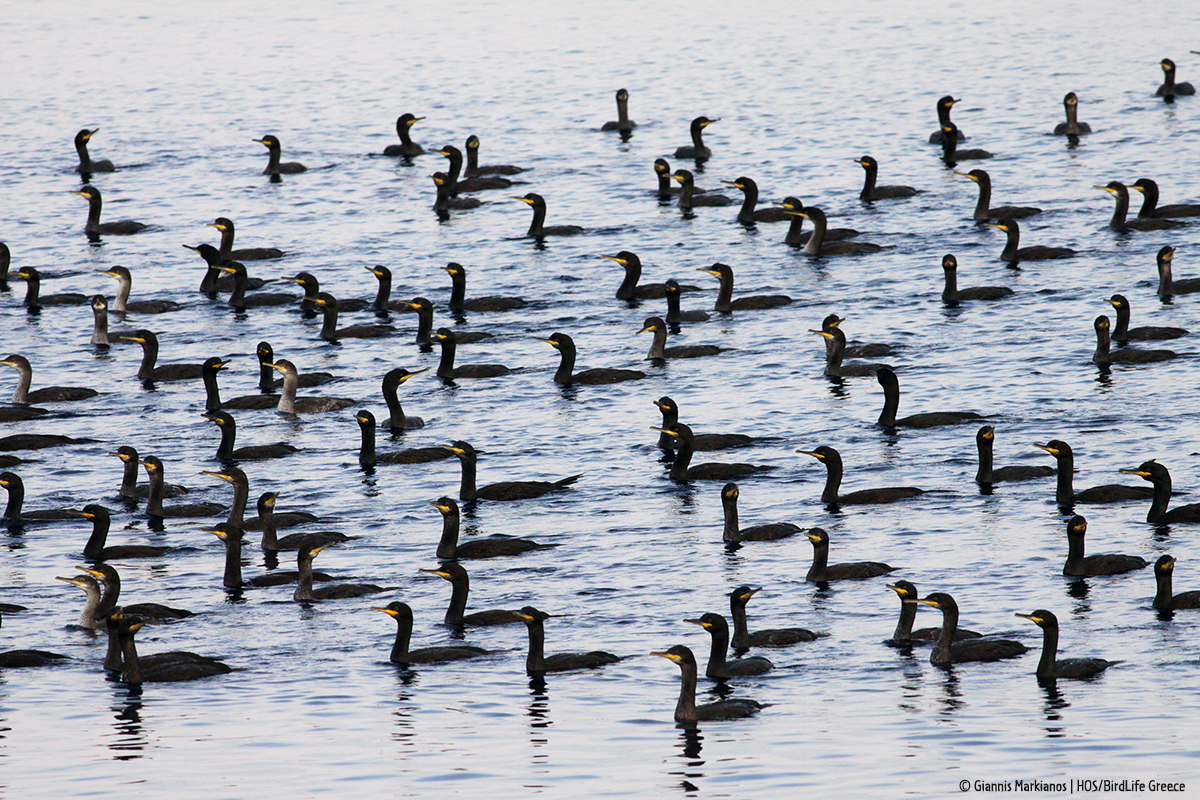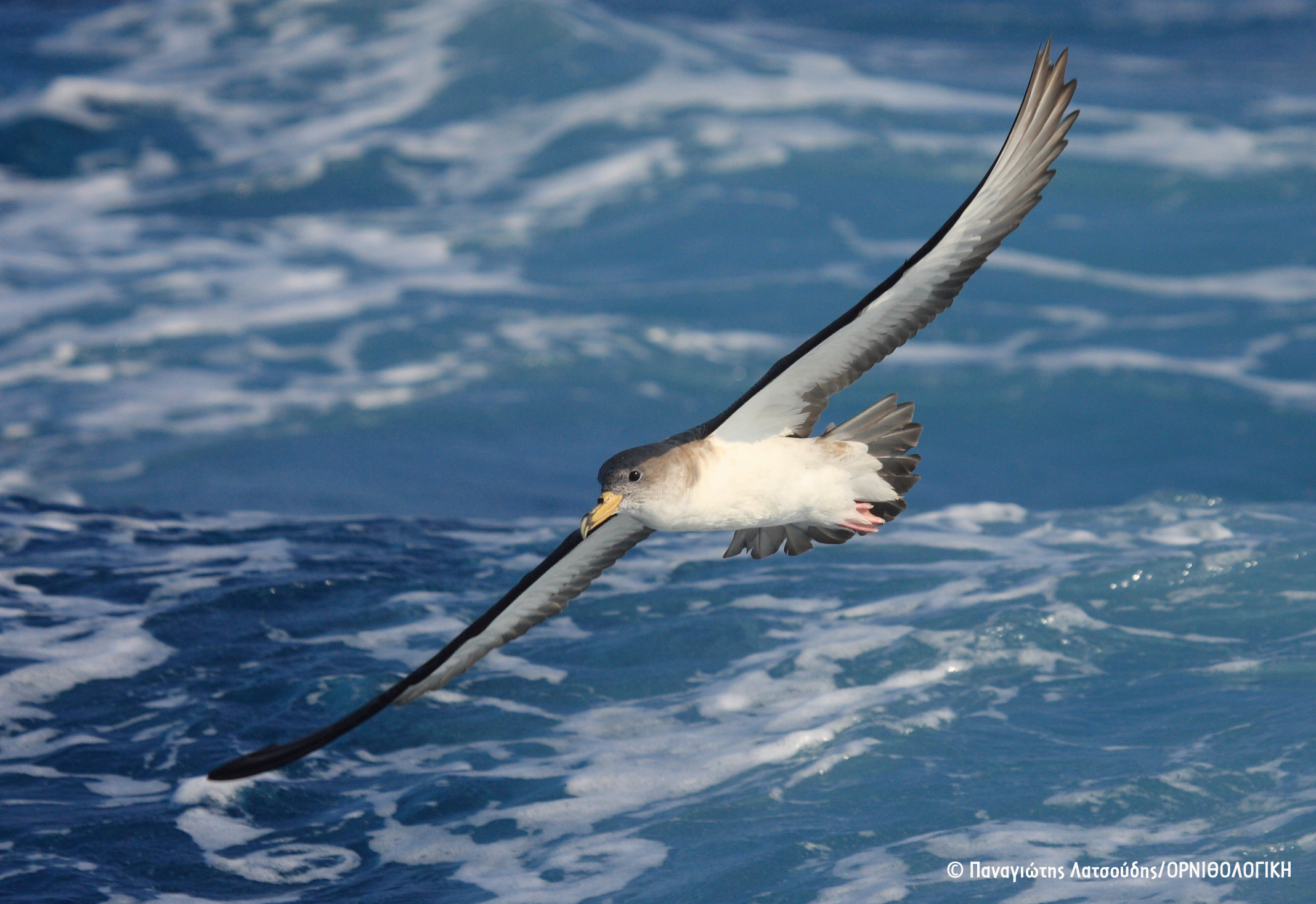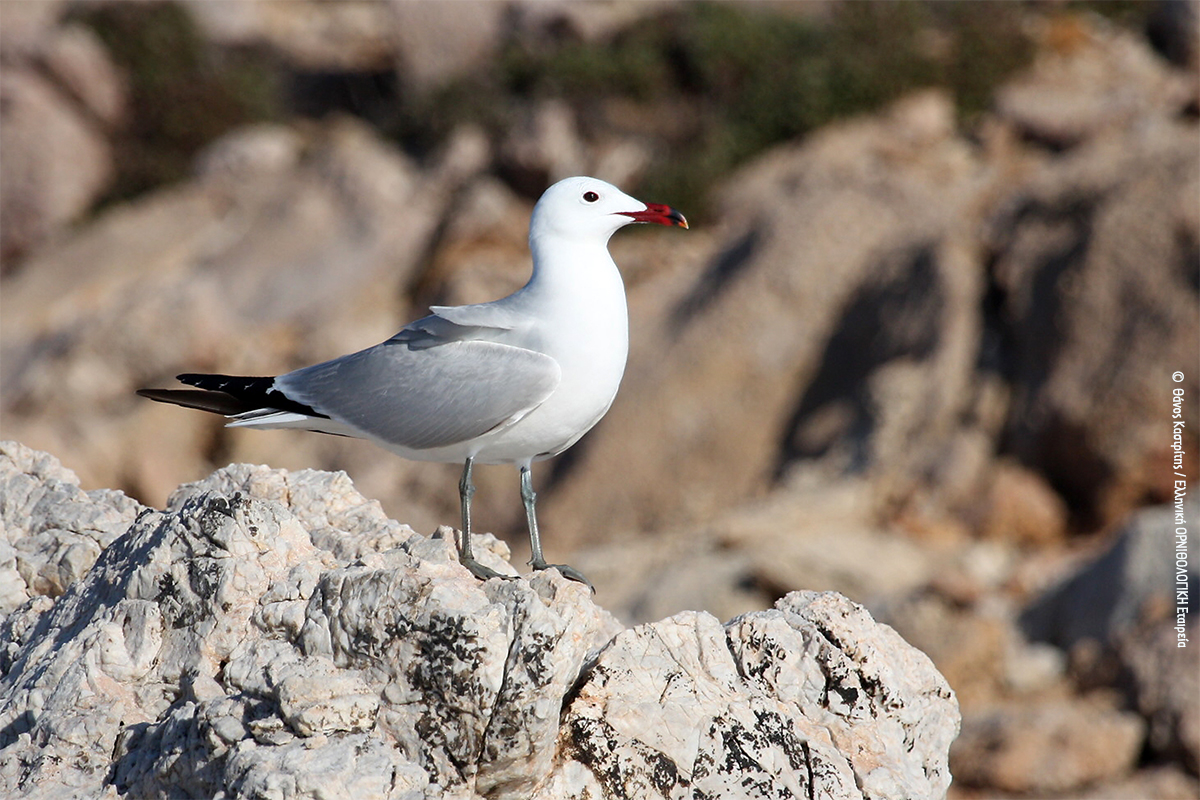67 species of seabirds, including endemic and threatened ones, breed and/or winter in EU countries. And while they return to land to breed, seabirds depend on the marine environment for food, and spend long periods of time out at sea. Sadly, their homes on land and at sea are threatened.
On land, seabirds are impacted by invasive alien species that destroy their nests, and prey on their eggs and chicks. At sea, bycatch, overfishing, energy infrastructure installations and pollution pose serious threats to their survival.
To protect seabirds, it is crucial that their breeding colonies and the coastal and offshore marine areas they use are safe-guarded, or else these ecologically important species will soon stop roaming our skies and seas.
BirdLife’s new report assesses the extent to which Important Bird and Biodiversity Areas for Seabirds are currently protected by the Special Protection Areas of the Natura 2000 network in the 22 coastal EU countries.

Special Protection Areas (SPAs) form part of the European Natura 2000 network and provide essential protection for the most important areas for seabirds. One of the EU Biodiversity Strategy goals is to increase to 30% the protection of the sea in the EU by 2030. To achieve this, a significant expansion of Marine Protected Areas (MPAs) is needed, as only 11% of EU seas were protected in 2019. By completing the marine Natura 2000 network, the EU has the chance to achieve this target.
This report highlights the progress made with SPA designation in the marine environment since 2014 and points out the gaps that need to be filled to complete the SPA network at sea. The assessment underlines that to achieve the effective protection of seabirds in the EU there is an urgent need to identify and designate further sites at sea, as well as to ensure that all sites are properly managed with science-based conservation objectives and effective monitoring.


BirdLife calls on EU countries to use this assessment as a to guide to identify and designate important areas for seabirds in a timely manner and to ensure that their protection is guaranteed in European waters.
Read our full report



